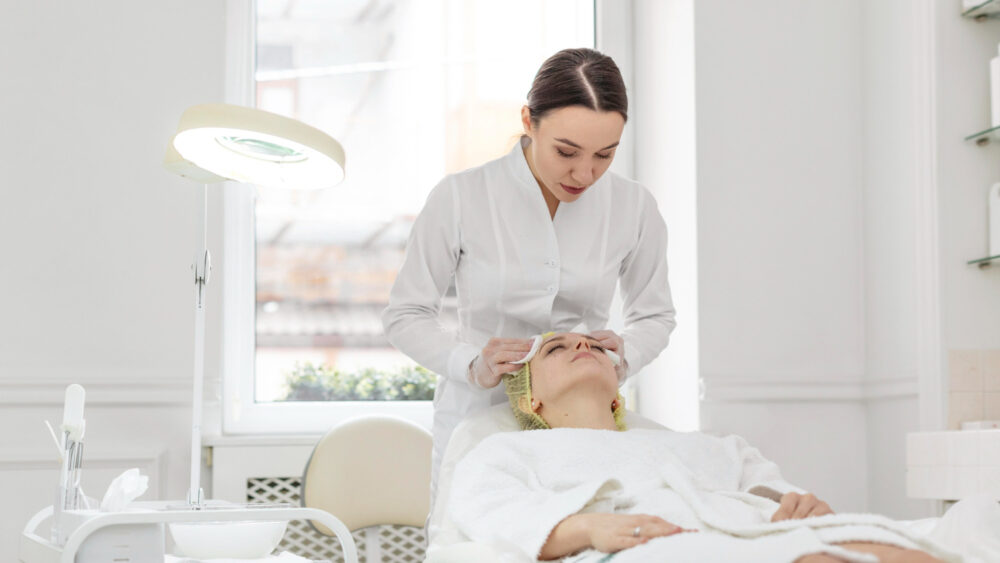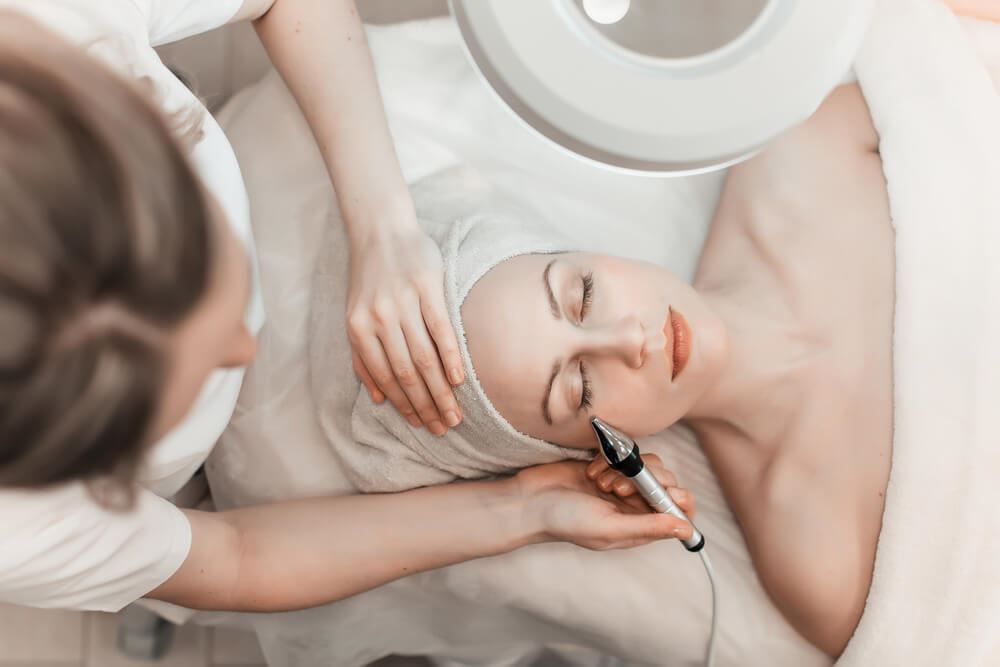Medical Oversight in California Medical Spas: The Risky Legal Gaps You Can’t Afford to Ignore
Why Medical Oversight in California Medical Spas Is Legally Required
Medical oversight in California medical spas isn’t just an internal policy—it’s a statutory requirement. Offering treatments that alter the body’s appearance through invasive or prescription-based means qualifies as practicing medicine under California law. This includes common med spa services such as neurotoxin injections (like Botox or Dysport), dermal fillers, microneedling, IV therapy, and prescription chemical peels.
Any med spa performing these services without physician supervision is at risk of regulatory enforcement by the California Medical Board. The law is designed to protect patients from unqualified providers and unsafe practices. Thus, proper medical oversight in California medical spas ensures that aesthetic services meet both safety and legal standards.
Who Qualifies as a Medical Director in California?
To legally provide medical oversight in California medical spas, a medical director must be a California-licensed physician in good standing. Not all doctors are eligible. The physician must:
- Be licensed by the Medical Board of California (not the Osteopathic Board, unless they’re serving osteopathic facilities);
- Have no limitations on their ability to supervise other providers;
- Be capable of overseeing medical staff and establishing treatment protocols;
- Understand the unique risks associated with aesthetic procedures.
Some physicians believe their involvement can be minimal—such as simply lending their name to a business. However, “rent-a-medical-license” models are strictly prohibited and can result in disciplinary action for both the doctor and the business.
Delegation and Supervision Rules: Who Can Do What?
A critical component of medical oversight in California medical spas is delegation. Physicians may delegate certain procedures to qualified mid-level providers, but only under defined conditions. Here’s how delegation works under California law:
- Nurse Practitioners and Physician Assistants may perform many med spa procedures if protocols and supervision standards are in place. These must include written policies, signed supervisory agreements, and regular chart reviews.
- Registered Nurses (RNs) may administer treatments like injections or lasers, but cannot diagnose or create treatment plans independently.
- Licensed Vocational Nurses (LVNs) have even more limited authority and typically assist under direct supervision.
Ultimately, the physician remains legally responsible for all delegated acts. Medical oversight in California medical spas includes continuous accountability—not just initial delegation.
Corporate Practice of Medicine and Legal Business Models
California’s Corporate Practice of Medicine (CPOM) doctrine plays a major role in how med spas must be structured. The law prohibits laypersons (non-physicians) from owning, controlling, or profiting directly from medical services.
To remain compliant, most California med spas must use a Management Services Organization (MSO) model. In this setup:
- The Professional Medical Corporation (PMC) is physician-owned and provides the clinical services;
- The MSO, which may be owned by a non-physician, handles the business functions (staffing, marketing, space, billing);
- A Management Services Agreement (MSA) governs the relationship and must avoid influencing clinical decisions.
Medical oversight in California medical spas must operate within this model to prevent violations, lawsuits, and license revocations.
Compliance Duties of the Medical Director
Medical oversight in California medical spas is a full-spectrum responsibility. The medical director is expected to establish systems that cover:
1. Patient Privacy and HIPAA Compliance
- Secure electronic health records (EHR) systems;
- Locked storage for paper files and sensitive materials;
- Policies and staff training around patient confidentiality.
2. Sterility and Clinical Safety
- Infection prevention protocols tailored to invasive procedures;
- Proper disposal of sharps and hazardous waste;
- Equipment maintenance logs and routine inspections.
3. Truth-in-Advertising Compliance
- Preventing exaggerations or guarantees about results;
- Ensuring proper use of titles (e.g., not calling RNs “aestheticians” or “doctors”);
- Reviewing social media promotions and influencer partnerships for legality.
4. Informed Consent and Risk Disclosure
- Ensuring all patients sign procedure-specific informed consent forms;
- Describing potential complications, alternatives, and recovery expectations;
- Keeping clear records of pre- and post-treatment assessments.
Staff Education and Ongoing Competency
Effective medical oversight in California medical spas goes beyond delegation. It requires an active role in education and risk management. Responsibilities include:
- Hosting quarterly or monthly clinical training sessions;
- Assessing staff performance through chart audits and observation;
- Mandating annual refreshers on HIPAA, infection control, and adverse event response;
- Documenting internal audits, corrections, and policy updates.
By continuously investing in staff development, medical directors reduce risk and reinforce a culture of compliance.
Professional Insurance and Legal Protections
Supervising physicians should not assume that their standard malpractice policy covers aesthetic care. Medical oversight in California medical spas often involves high-risk procedures not covered under general family or internal medicine policies.
The physician should:
- Confirm aesthetic procedures are covered under their policy;
- Consider tail coverage if working on a limited contract basis;
- Ensure the facility also carries liability coverage for the business side;
- Review coverage terms for laser and energy-based device use.
Physical and Virtual Accessibility Expectations
Medical oversight in California medical spas is not defined by constant physical presence—but by reliable access, communication, and leadership.
Expectations include:
- Routine Site Visits to assess staff, protocols, and safety;
- Telehealth Availability for immediate consultation when needed;
- Oversight Logs documenting visits, audits, and disciplinary actions;
- Emergency Protocols that identify when and how the physician should be contacted.
The level of required oversight is proportional to the invasiveness and risk level of the treatments offered.
What Happens Without Proper Oversight?
Failure to implement adequate medical oversight in California medical spas can result in:
- Investigations by the Medical Board of California;
- Patient complaints and lawsuits;
- Cease-and-desist orders or facility shutdowns;
- Physician license suspension or revocation;
- Legal action against business owners violating CPOM rules.
Even when no injury occurs, noncompliance can carry steep civil penalties and long-term damage to reputation.
Conclusion
The potential of California’s med spa market is enormous—but so is the scrutiny. Whether you’re launching your first aesthetic venture or expanding a multi-location brand, compliance isn’t optional—it’s foundational.
At Dike Law Group, we help med spa owners across California establish legally compliant structures, draft enforceable agreements, and navigate complex healthcare regulations with confidence. Our team understands the unique challenges that come with blending wellness and medical care—and we’re here to guide you through them.
If you’re ready to align your operations with California’s regulatory standards, you can schedule an in-person meeting with our legal team to discuss your business goals and compliance needs.
For ongoing insights and updates, you can also find us on Instagram, LinkedIn, YouTube, TikTok, and Facebook, where we share practical information for healthcare business owners and operators.






